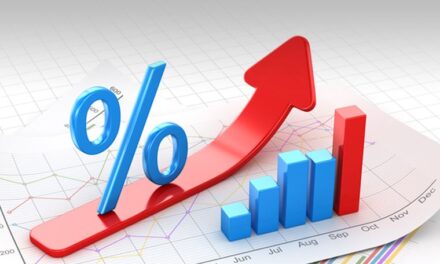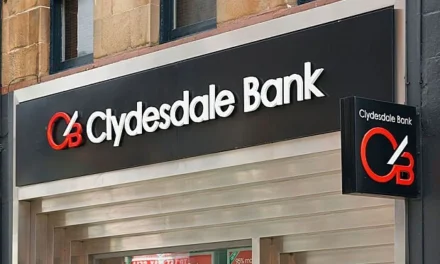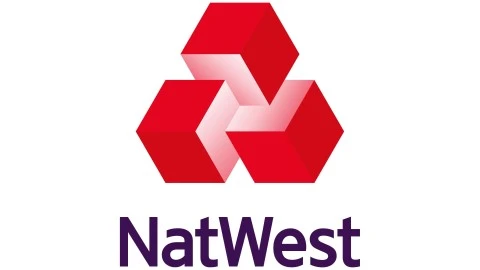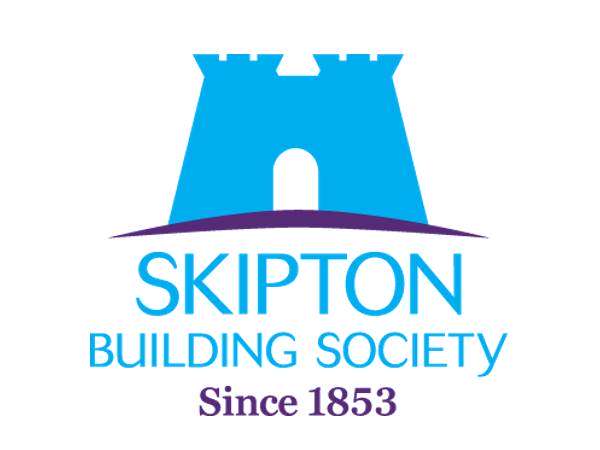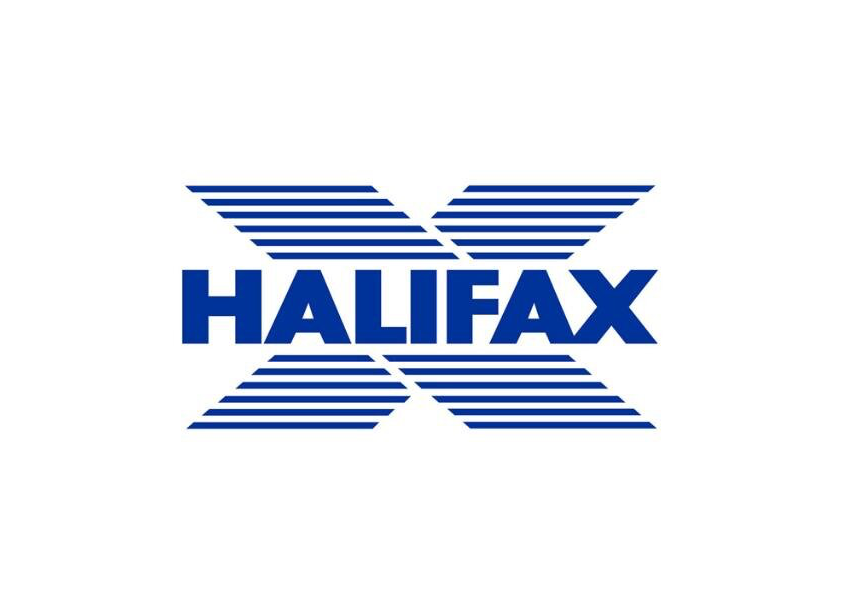Impact of Mortgage Rate Increases on the UK Housing Market
Currently, borrowers are transitioning from favorable two-year fixed-rate agreements made at the onset of 2022, but the repercussions of elevated rates are expected to alleviate gradually throughout the year.
Recent Economic Data and Bank of England Response
Last week’s economic indicators followed an anticipated trajectory. Core inflation slightly exceeded projections, while services inflation exhibited resilience. Headline inflation, however, registered slightly lower than the expected 3.4%. Responding predictably, the Bank of England maintained the bank rate at 5.25%.
UK Housing Market Recovery and Expectations
Considering the UK housing market’s recovery phase post a subdued 2023, the absence of major announcements possibly bodes well. In 2023, high mortgage rates and persistent inflation resulted in a 20% decline in transactions and a 5% decrease in average prices by September.
Optimism emerged in the final quarter of 2023 as headline inflation receded swiftly, and money markets implied five anticipated rate cuts of 0.25% for 2024. However, expectations tempered since January due to sustained underlying inflation, with current forecasts hinting at approximately three cuts.

Projected Financial Impact on Borrowers
A Knight Frank analysis of mortgage data offers insights into the impending financial strain on borrowers. Many borrowers will face the end of relatively favorable two-year fixed-rate deals secured during the early stages of rising interest rates in 2022. The consecutive rate hikes between December 2021 and August 2023 elevated the average rate on a two-year mortgage (75% loan-to-value) from 1.57% to 6.18%.
By the end of 2024, approximately 45% of fixed-rate mortgages initially below 2% will diminish to 26%. Moreover, by the conclusion of 2024, deals agreed upon at rates exceeding 4% will constitute one-fifth of all fixed-rate mortgages due for renewal, increasing to 33% by the end of 2025.
Market Dynamics and Borrower Preferences
The resurgence of two-year fixed mortgages reflects shifting borrower preferences, with Simon Gammon, head of Knight Frank Finance, noting the narrowing gap between two-year and five-year fixes. Borrowers increasingly opt for two-year fixes to potentially secure lower rates in the future.
Gradual Impact and Market Stability
The predominance of fixed-rate mortgages compared to variable rates in recent years suggests a gradual integration of financial strain into the system. With over 90% of mortgages being fixed-rate before the pandemic, the absence of a sudden escalation in mortgage rates mitigates the risk of drastic declines in house prices. Furthermore, the financial resilience of lenders, in contrast to the 2008/09 financial crisis, mitigates the likelihood of widespread foreclosures.
Despite the overall stability depicted, borrowers acquiring higher-rate mortgages will encounter challenges, as illustrated in the data, indicating prolonged moments of financial strain for the coming years.







